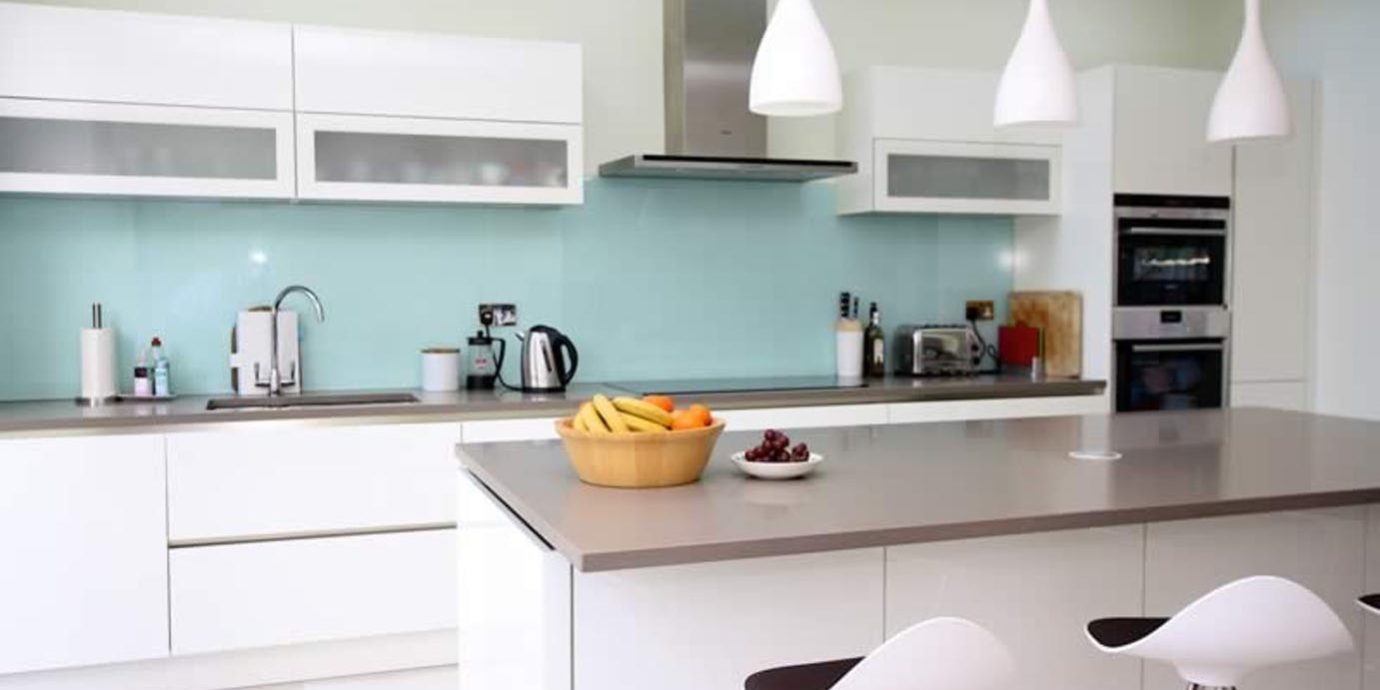Interview on IGTV with Maite Pelayo, microbiologist and technical Conclusions of the Interview on IGTV with Maite Pelayo, microbiologist and technical spokesperson for the Silestone Institute, about Food Safety and Cross Contamination.
With the arrival of summer and high temperatures the risk of suffering food-borne toxinfection increases dangerously. In addition, eating habits at this time of the year – meals prepared in advance to take to the office, excursions to the beach or to the mountains…- often enduring inadequate conditions …, only exacerbate the situation. From the Silestone Institute we offer you simple and practical advices to avoid being affected by these types of food-related conditions.
We have interviewed Maite Pelayo, microbiologist and technical spokesperson for the Silestone Institute, live on Instagram IGTV. We have discussed with her what food risk is and why it happens, as well as the risks we face when we eat a food.
We analyze how microorganisms get into our food and what conditions they need to multiply.
Food-borne toxinfections
They are diseases that in turn encompass two types that can occur separately or simultaneously:
Poisonings: caused by eating foods that contain toxic substances (toxins) naturally contained in the food, added artificially, or produced by microorganisms that have developed in the food before consuming it (for example, botulism).
Infections: caused by the ingestion of food or water contaminated
with pathogenic microorganisms (that is, that cause diseases) alive and that
develop in our body generating an infection (for example, salmonella).
Practical tips to avoid toxinfections
It is essential to try to avoid food contamination. For this reason, it is important, in addition to respecting hygiene, the following:
- Temperature control: avoid intermediate temperatures (warm), keep cold (refrigeration slows down bacterial growth, freezing stops it) or heat (heat treatments such as pasteurization or sterilization of raw materials) or an adequate culinary heat treatment (more than 70ºC in the center of the product) will destroy, in the vast majority of cases, the microorganisms present in food.
- Time control: avoid waiting times between preparation and consumption and avoid prolonged storage.
What is cross contamination?
Cross contamination is the transmission of microorganisms from a contaminated food, normally raw, to another that was not, normally already cooked.
How to avoid cross contamination in the kitchen?
- Place cooked or ready-to-eat foods on the upper shelf in the refrigerator and raw foods such as meat and fish on the lower shelves to avoid dripping.
- Keep food separated in hermetic containers that avoid possible contact.
- Always wash your hands before cooking and after handling raw food or changing from one raw food to another, either raw or cooked.
- Never use the same utensils (knives, cutlery, plates) to handle raw and cooked food. Clean devices such as mixers or mincers when changing the type of food.
- When serving the omelette never use the dish with which you have turned it in the pan because it contains remains of raw egg and we can contaminate it.
- Clean the cutting board thoroughly with detergent and hot water, not only by passing a damp cloth, when changing the type of food. Act in the same way with the worktop.
- Change the kitchen towel if we have stained or touched it when handling a raw food. One option is to use disposable kitchen paper.
- Assemble the salads of different ingredients (vegetables, meat, fish, cheese …) at the last moment and keep refrigerated until consumption.
- Work
with a forward-running system in which the different stages of food
preparation, from its initial handling as raw material to its placement and
consumption, do not interfere with each other.
- Proper kitchen hygiene that includes regular cleaning and disinfection of surfaces, equipment, utensils, and other materials will effectively contribute to preventing possible contamination of food.
See the complete interview: https://www.instagram.com/tv/CCbOKFno40b/?utm_source=ig_web_copy_link
